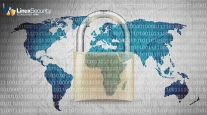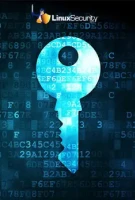What is the best browser with a built-in VPN?
No answer selected. Please try again.
Please select either existing option or enter your own, however not both.
Please select minimum {0} answer(s).
Please select maximum {0} answer(s).
/main-polls/114-what-is-the-best-browser-with-a-built-in-vpn?task=poll.vote&format=json
114
radio
0
[{"id":351,"title":"Tor","votes":28,"type":"x","order":1,"pct":52.83,"resources":[]},{"id":352,"title":"Firefox ","votes":11,"type":"x","order":2,"pct":20.75,"resources":[]},{"id":353,"title":"Brave","votes":10,"type":"x","order":3,"pct":18.87,"resources":[]},{"id":354,"title":"Opera","votes":4,"type":"x","order":4,"pct":7.55,"resources":[]}]
["#ff5b00","#4ac0f2","#b80028","#eef66c","#60bb22","#b96a9a","#62c2cc"]
["rgba(255,91,0,0.7)","rgba(74,192,242,0.7)","rgba(184,0,40,0.7)","rgba(238,246,108,0.7)","rgba(96,187,34,0.7)","rgba(185,106,154,0.7)","rgba(98,194,204,0.7)"]
350
bottom
200




















